To trace the origins of Lazer’s all-new KinetiCore technology, you have to travel way back to 2010. Lazer’s R&D manager Guido de Bruyne says that they wanted to develop a way to add rotational protection to their helmets while reducing the overall weight. “We were looking at alternative technology out there, and the key moment was when we started looking at the helmet itself rather than something you add on to it.”
But the question was: how do you go about achieving something that hasn’t been done before? The team discovered that the answer lay in computer simulations. “We used a computer program that could simulate a helmet’s design and protective performance before it was made in the mould,” says Lazer’s general manager Sean van Waes. This was crucial to the development of KinetiCore, because once the helmet’s in the mould then the product is essentially finished, so changing it takes you all the way back to square one.
The major benefit of these simulations was that Lazer could design helmets that worked within specific limits required to pass certification tests. This made designing helmets more affordable, more accurate and, most importantly, quicker. Prototypes could be designed and instantly rejected if they went into red zones.
These prototypes were also put into impact simulations so the team could see exactly what happens not just with direct impacts but also rotational impacts. Rotational impacts occur when a cyclist is moving and collides with a hard surface sideways. This type of impact is difficult to protect against, as the brain tends to move inside the skull at such an impact.
“By having a simulator tell us what will happen in direct impacts and rotational impacts, we began to have an advantage over our competitors,” says Van Wae.




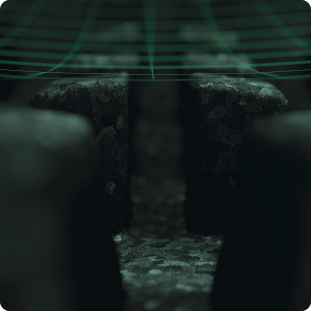

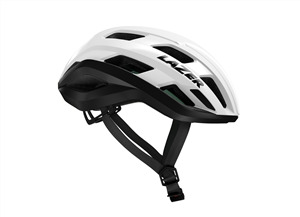

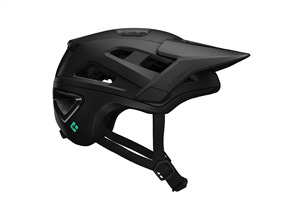
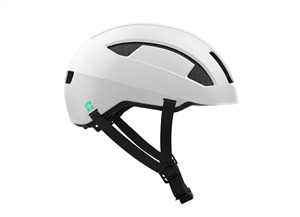

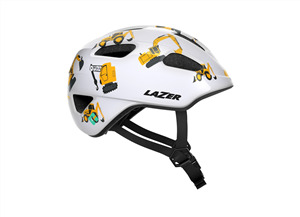

-1b.jpg)

